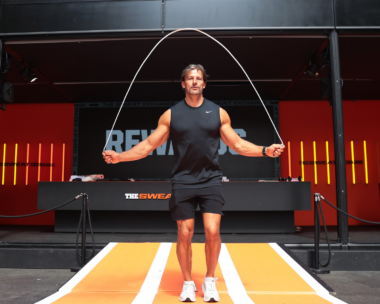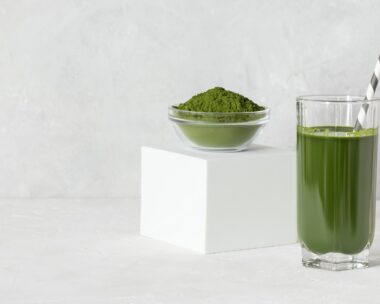Across Australia, children’s waistlines are steadily expanding as intake of fast food and soft drinks because increasingly normal.
With a host of unhealthy options available at almost every school canteen, here are some guidelines to help you ensure your children are eating a balanced diet.
In pictures: Gym habits that are holding you back
A healthy lunch box should include most of the following components each day:
Bread
To keep kids interested, try a variety of bread types, such as sliced wholemeal or rye bread to use with sandwich fillings, pita bread for roll-ups, pita pockets to “stuff” with sandwich “goodies” and bread rolls to make into “submarines”.
Higher-fibre breads such as wholemeal and wholegrain are preferable, or you could look for the white breads with added fibre.
Spread bread lightly with polyunsaturated or monounsaturated margarine or try smooth ricotta cheese, hummus, peanut butter or avocado.
Salad vegetables
Fill breads with a variety of salad ingredients including many different colours. Try grated carrot, sliced cucumber, tomato, beetroot or mushrooms and leafy greens.
If your child is not so keen on these foods, introduce them gradually and build up over time. Raw salad vegetables are particularly healthy and some should be provided each day.
Avoid salad ingredients that make bread soggy. Adults don’t like soggy sandwiches and neither do children!
Protein filling
For protein, essential minerals (such as iron and calcium) and fibre include fillings such as baked beans or soy beans in tomato sauce and falafel balls (made from chick peas). Also, try a slice of cheddar, cottage cheese, boiled egg, peanut or other nut butters.
Meat or fish fillings, while providing a good source of protein and iron, contain no fibre. If using meat fillings, look for lean varieties.
Fruit
Both fresh and tinned fruit are good choices, but fresh fruit is preferable. Offer old favourites such as bananas, small apples or pears and mandarins on a regular basis.
Gradually introduce new varieties of fruits, such as papayas (paw paws) or tangerines. Look for fruit that is in season as this is usually cheaper.
News: South Australia is the happiest place in the country
Drink
Water is the best drink for children. If they refuse to drink from the water fountain, send it in a special theme water bottle (that has been placed in the freezer overnight) to create more interest.
Milk and calcium-fortified soy drinks provide ways of introducing extra calcium. Fruit juices supply additional vitamins such as vitamin C, but they lack the fibre found in the whole fruit. They should be offered in moderation; if used in large amounts, dilute by half with water.
This information is provided by the Sanitarium Nutrition Service.
Your say: How do you get your children to eat healthy lunches?
Video: Healthy lunchbox fillers that won’t break the bank




